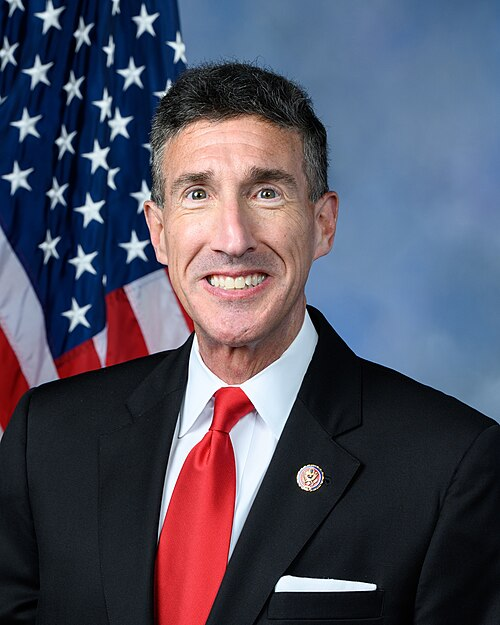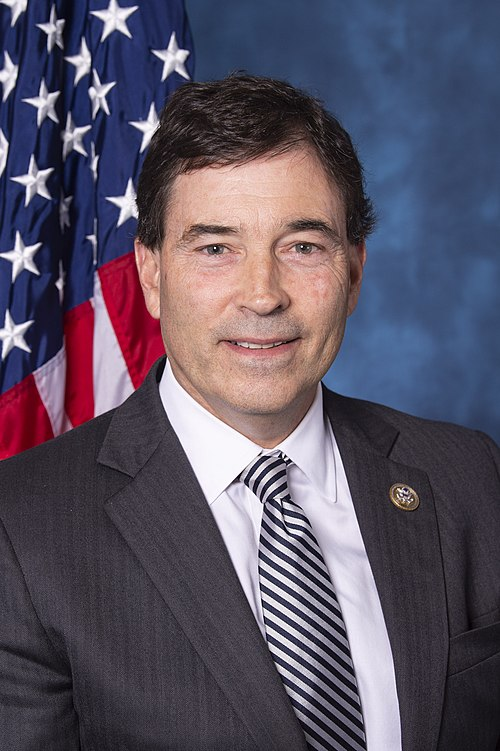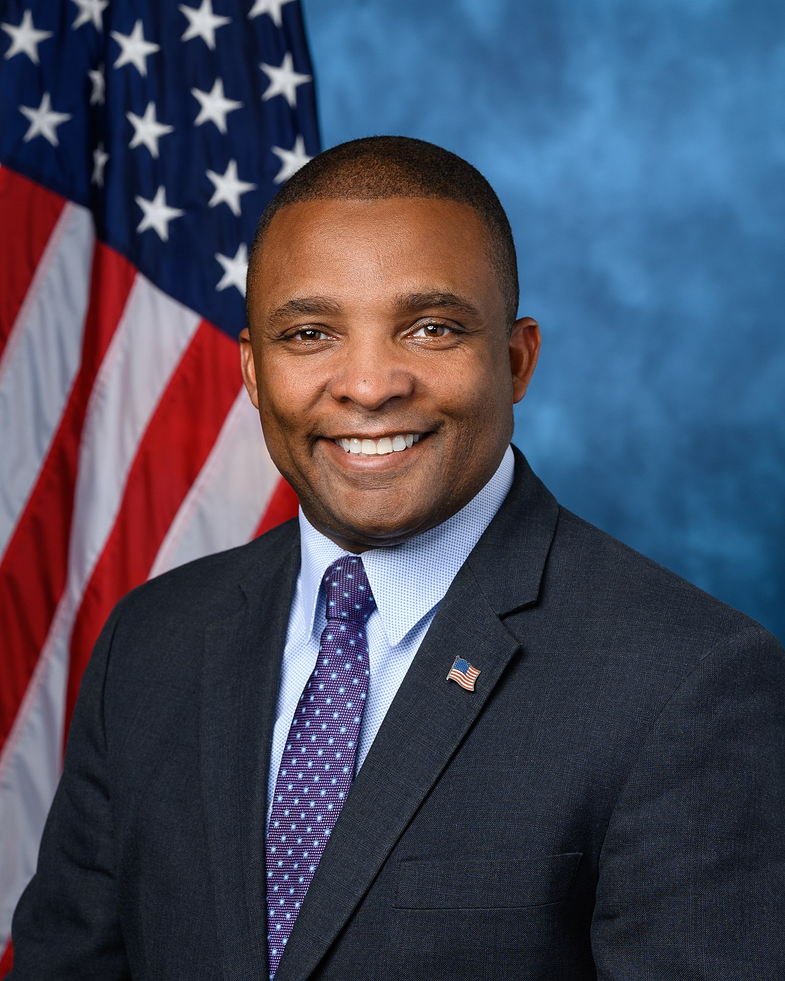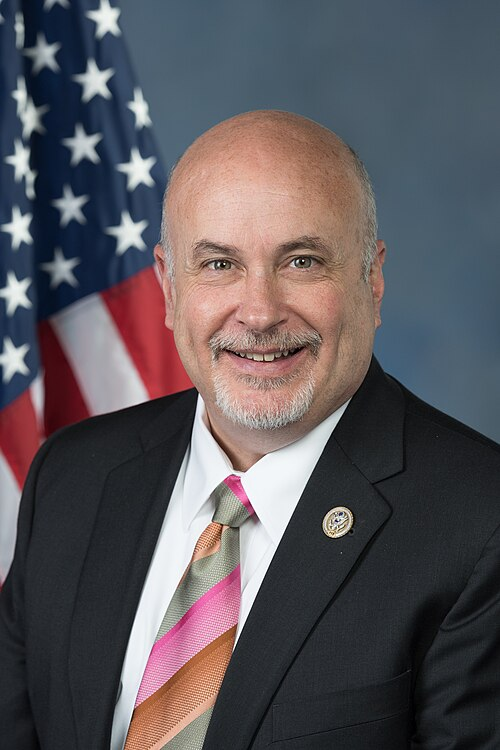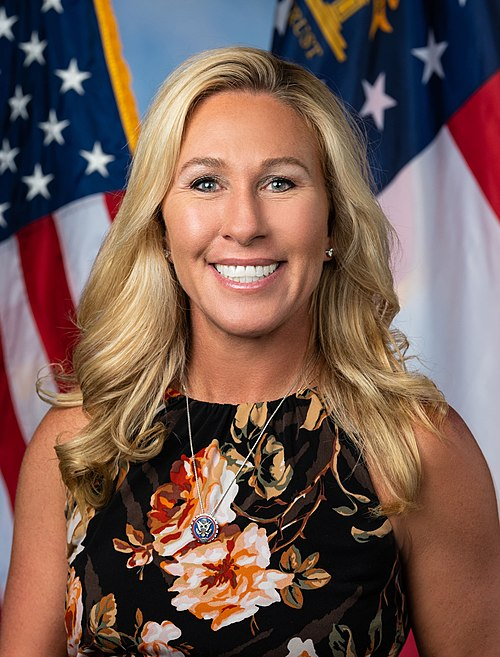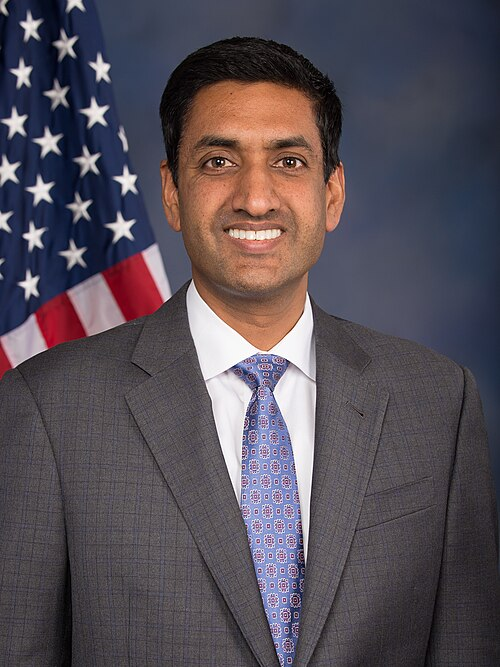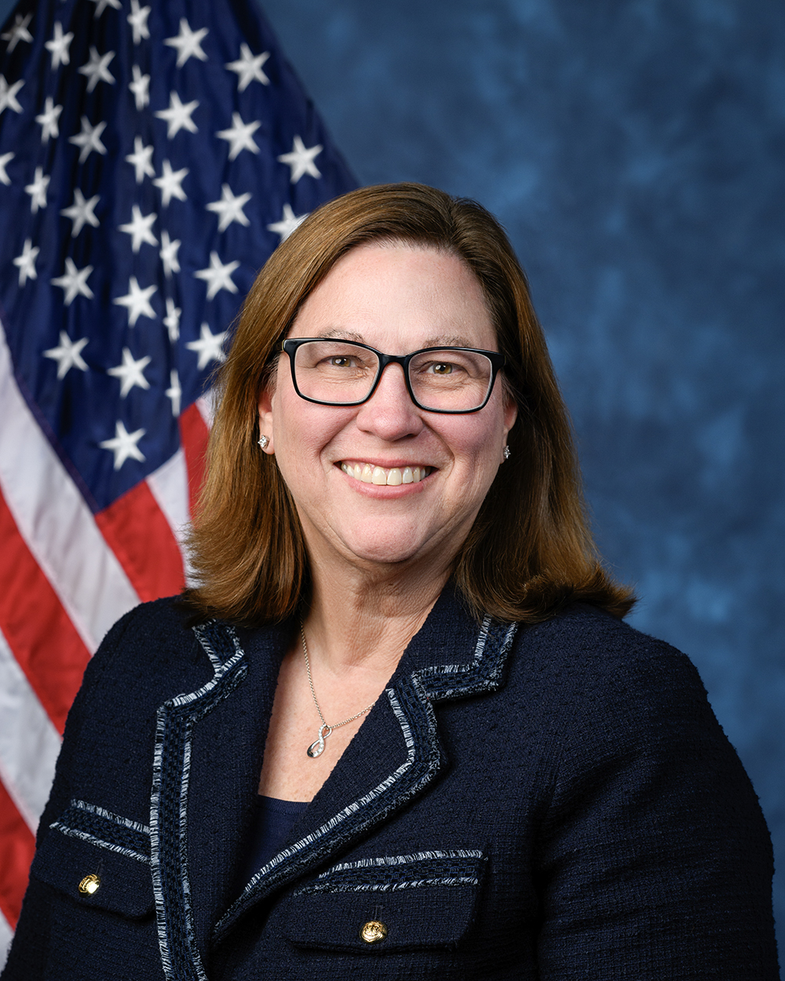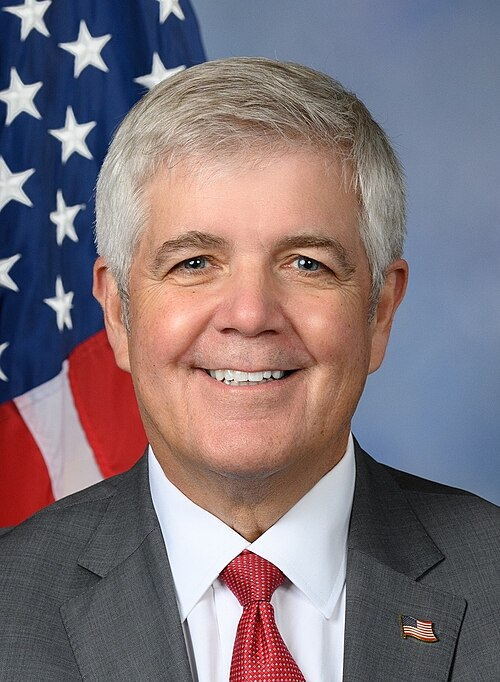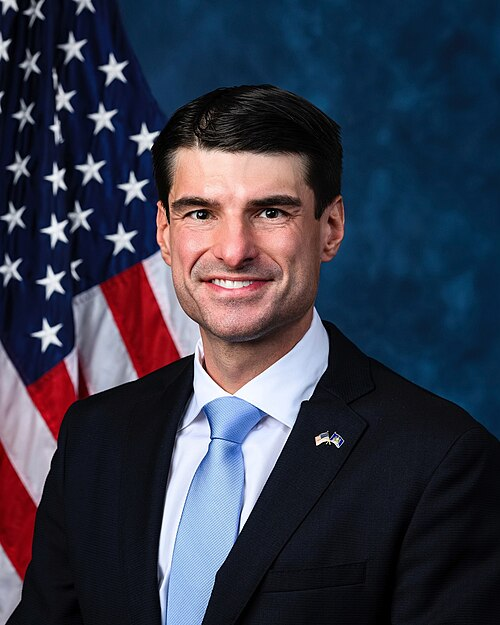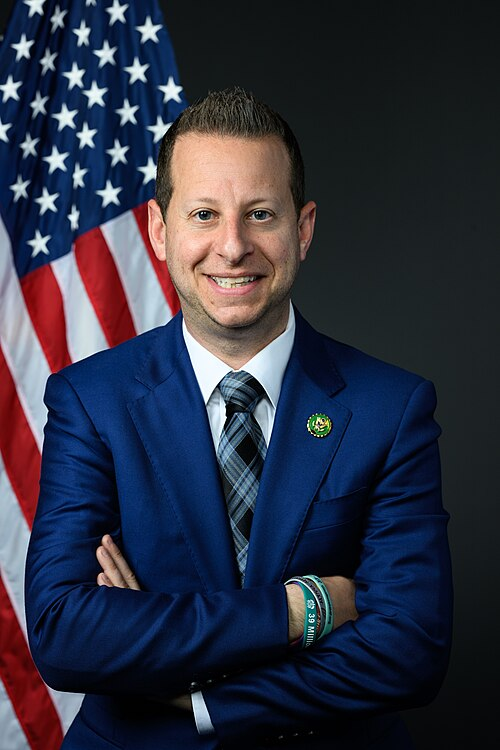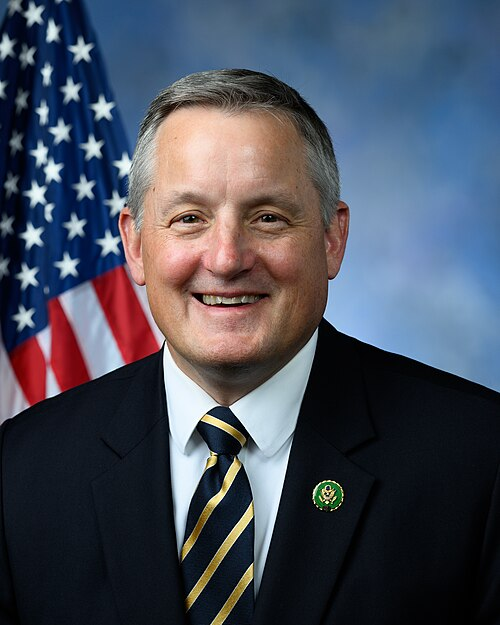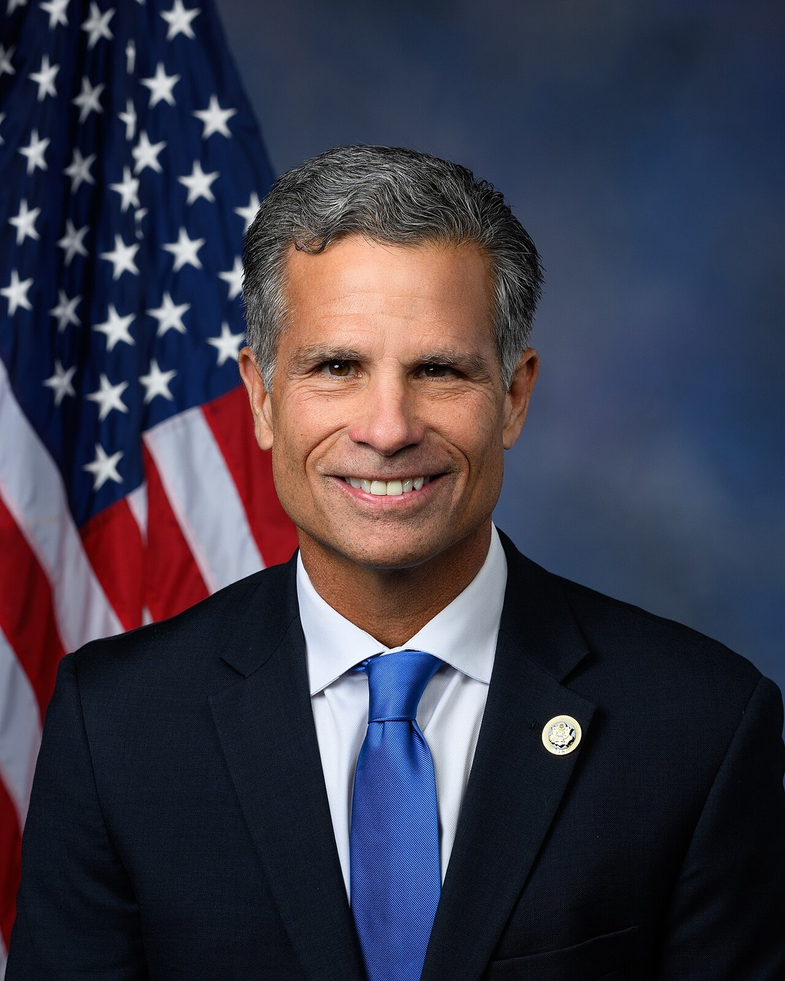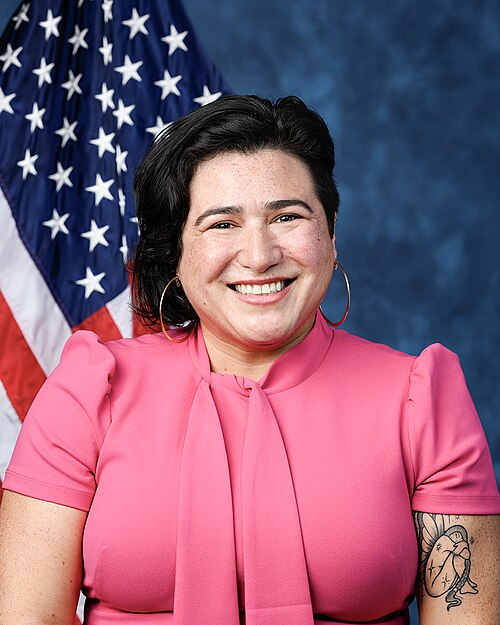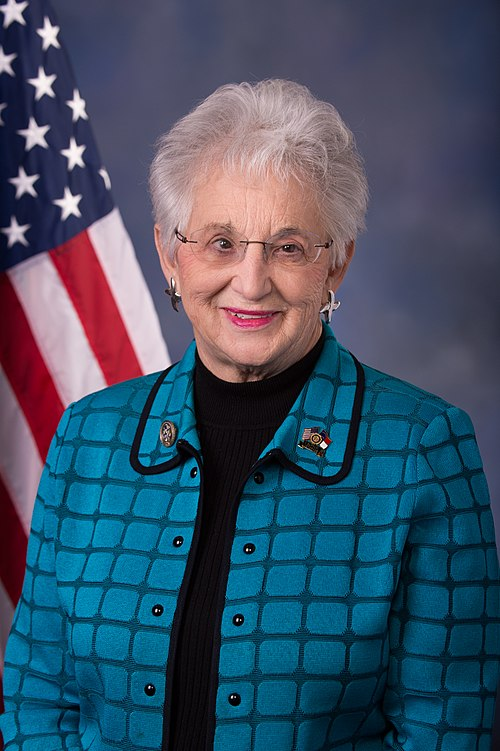H.R. 3108: Rural Patient Monitoring Access Act
This bill, known as the Rural Patient Monitoring Access Act (RPM Access Act), aims to modify how the Medicare program pays for remote patient monitoring (RPM) services. Here are the key components of the bill:
Purpose
The primary goal of the bill is to enhance access to remote patient monitoring for individuals living in rural areas, where healthcare services may be less accessible. Research has shown that RPM can lead to better patient outcomes and lower healthcare costs.
Key Findings
- Remote patient monitoring can improve coordinated care and reduce costs for Medicare.
- Many rural areas face significant healthcare provider shortages, leading residents to travel greater distances for care.
- Medicare reimbursement rates for RPM services are typically lower in states where chronic conditions like heart failure, hypertension, and diabetes are more prevalent.
- The costs associated with providing RPM services do not significantly vary by location, yet rural practitioners often receive lower reimbursements.
Payment Adjustments
The bill proposes an adjustment to the geographic indices used to determine payments for RPM services. Specifically:
- Starting January 1, 2026, payments for RPM services will not fall below a certain threshold, ensuring that providers in areas of low reimbursement receive at least a minimum payment.
High-Quality Remote Patient Monitoring Requirements
To ensure quality in remote patient monitoring services covered by Medicare, the bill stipulates several conditions that must be met by providers:
- A healthcare professional, such as a doctor or nurse practitioner, must be available to respond to alerts triggered by the RPM system.
- The RPM system must be able to send patient data in a format compatible with electronic health records.
- Providers must collect and report certain data to evaluate the cost savings generated by RPM, although exemptions may be granted if reporting poses a substantial hardship.
Reporting Requirements
Within five years of enactment, the Secretary of Health and Human Services must prepare a report summarizing:
- The estimated cost savings to Medicare from improved patient management due to RPM.
- Cost savings resulting from better adherence to prescribed medications by patients using RPM.
- Practice expenses related to providing RPM, including technology costs.
Beneficiaries
The bill specifically targets Medicare beneficiaries, who are individuals eligible for Medicare benefits under certain parts of the Social Security Act.
Legislative Process
The bill was introduced in the U.S. House of Representatives and has been referred to relevant committees for further consideration.
Relevant Companies
- AMGN (Amgen Inc.): As a company that offers various biotechnology solutions, AMGN may be affected by changes in remote patient monitoring practices, potentially increasing demand for their treatments and monitoring technologies.
- MDT (Medtronic plc): Since Medtronic produces medical devices for remote monitoring, changes in Medicare reimbursement and demand for RPM could significantly impact their business operations.
This is an AI-generated summary of the bill text. There may be mistakes.
Sponsors
6 bill sponsors
Actions
2 actions
| Date | Action |
|---|---|
| Apr. 30, 2025 | Introduced in House |
| Apr. 30, 2025 | Referred to the Committee on Energy and Commerce, and in addition to the Committee on Ways and Means, for a period to be subsequently determined by the Speaker, in each case for consideration of such provisions as fall within the jurisdiction of the committee concerned. |
Corporate Lobbying
0 companies lobbying
None found.
* Note that there can be significant delays in lobbying disclosures, and our data may be incomplete.
